There are many things to consider when arranging a job to be hot-dip galvanised. In this article, Perry Metal Protection shares the basic concepts of hot-dip galvanising to assist architects in achieving a satisfactory result for their clients.
Can the item fit inside the kettle at the galvanising plant?
Perry Metal Protection operates four kettles in NZ with bath sizes ranging from 5m to 9.6m. The Hamilton kettle is the largest with a bath size of 9.6m long x 1.5m wide x 2.6m deep. Items can also be double dipped; this is not a double coating, but dipping an item in two parts as the length or height is longer than the kettle. The Hamilton plant can double dip 360 uc beams to a maximum length of 18 metres.
Are there any specific standards the galvanising must comply to?
The standard reference for all batch hot-dip galvanising in Australia and NZ is AS/NZ 4680 Design guide. Some jobs may refer to the Australia and NZ standard 2312 with the specification HDG 900. To achieve HDG 900 sandblasting to SA 2.5 maybe required. Any of these standards can be discussed with Perry Metal Protection.
What is the customer's expectation of finish? Is the job a structural, industrial, or architectural application?
This is important information to be clarified before starting fabrication of any job to achieve the customers’ expectations; steel selection, design, preparation and specific venting may be required. If an architectural finish is required, steel selection and blasting prior to galvanising may need to be considered. Liaising with the galvaniser at an early stage is highly recommended. Perry Metal Protection staff have many years of industry experience and knowledge to share.
Is the assembly likely to suffer from dimensional instability (distortion) at temperatures encountered in the molten zinc bath?
Distortion can happen during the galvanising process especially with fabricated items consisting of a different material thickness and plate that has been welded to larger members. Communication with Perry Metal Protection at the design stage can eliminate this from occurring.
Is the steel suitable for hot-dip galvanizing?
The steel composition will determine the finish likely to be achieved. Steel with low and high silicon levels and phosphorus outside the perimeters can cause visual defects and delamination of the galvanised coatings. The Perry Metal Protection website has a steel composition guide which can assist in choosing the right steel for the job
Have items been prepared as per the design guide AS/NZ 4680?
- Have items been vented?
- Are overlapping pieces identified?
- Have the steel stiffeners been cropped?
- Have hanging points been identified and drilled?
- Have thermally cut pieces been ground back?
The above questions cover key factors in correct design and practice according to the galvanising standard AS/NZ 4680. Perry Metal Protection have been galvanising for over 50 years and can assist in providing a pre-galvanising checklist.













 Case Studies
Case Studies








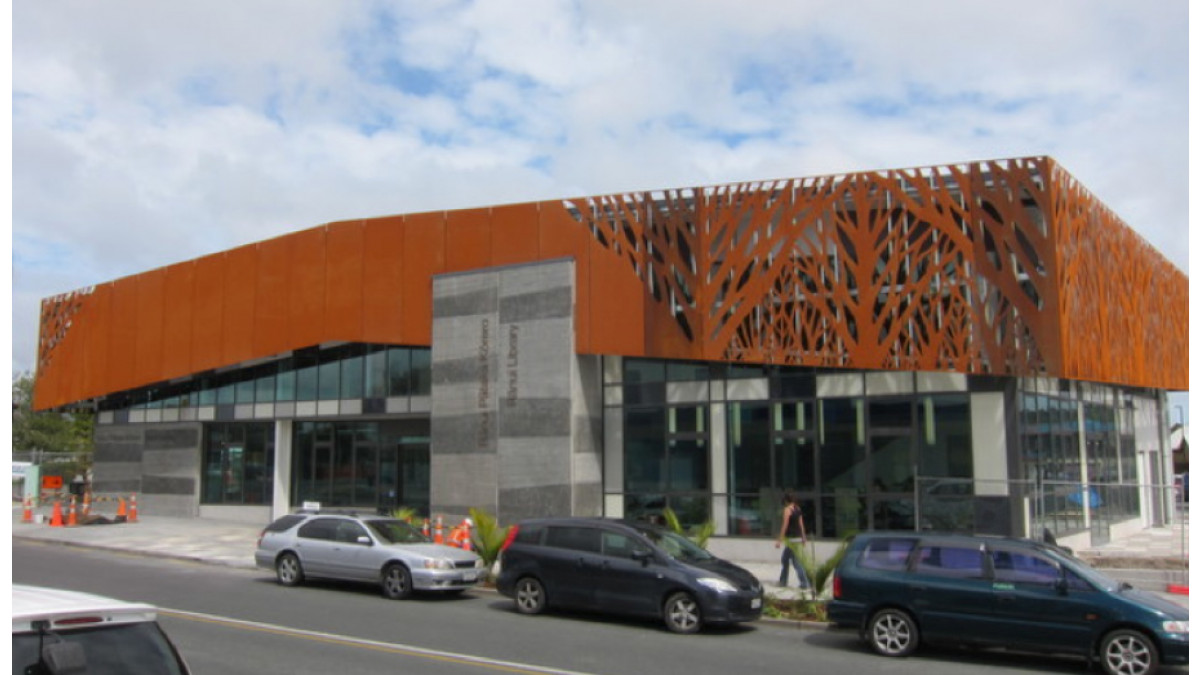


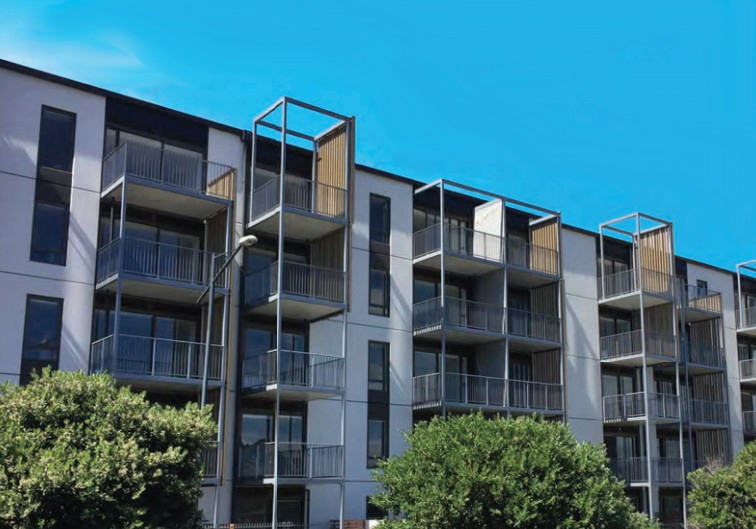
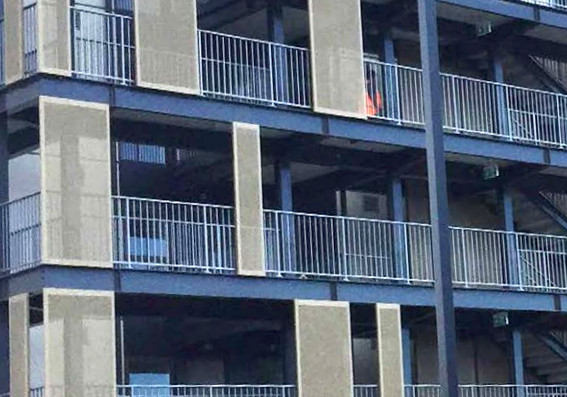
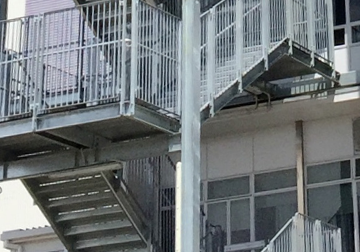
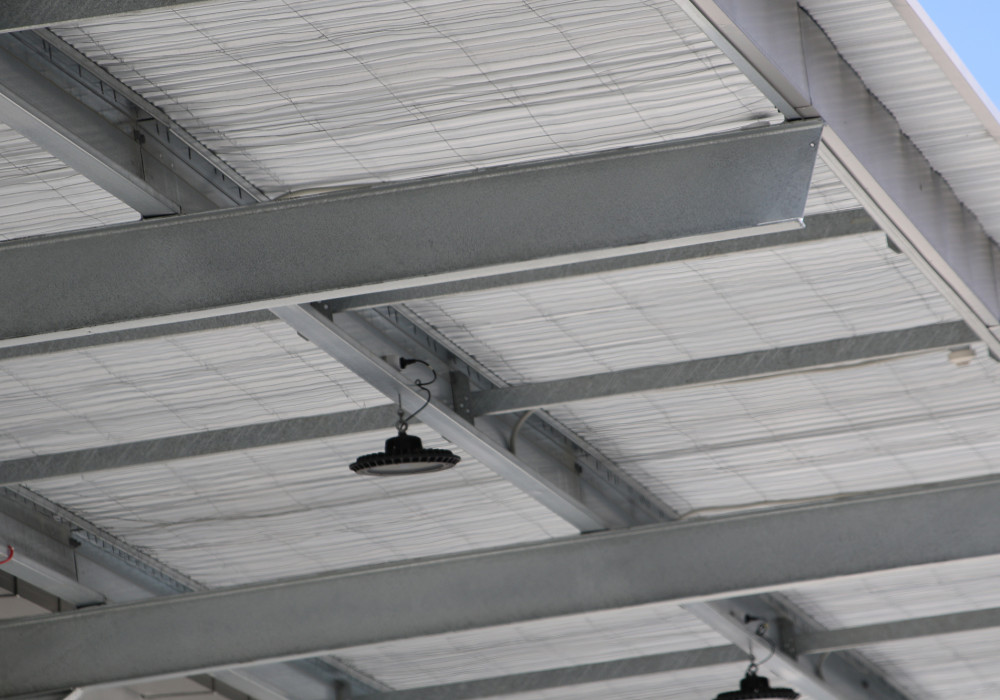

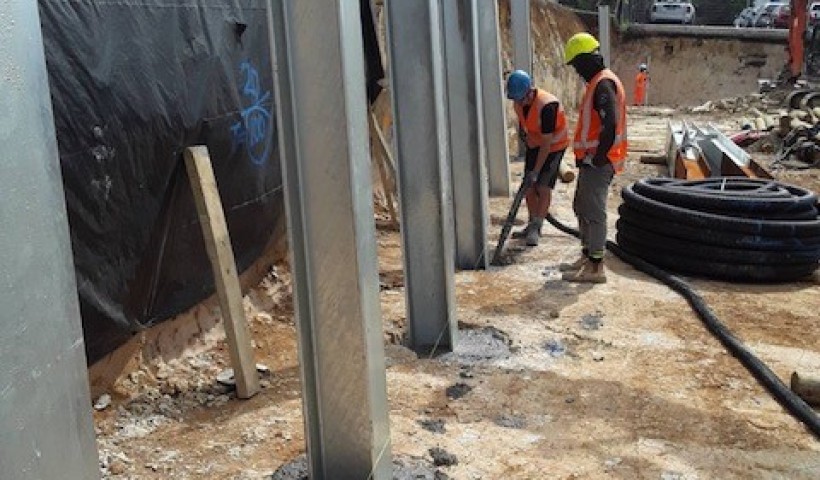
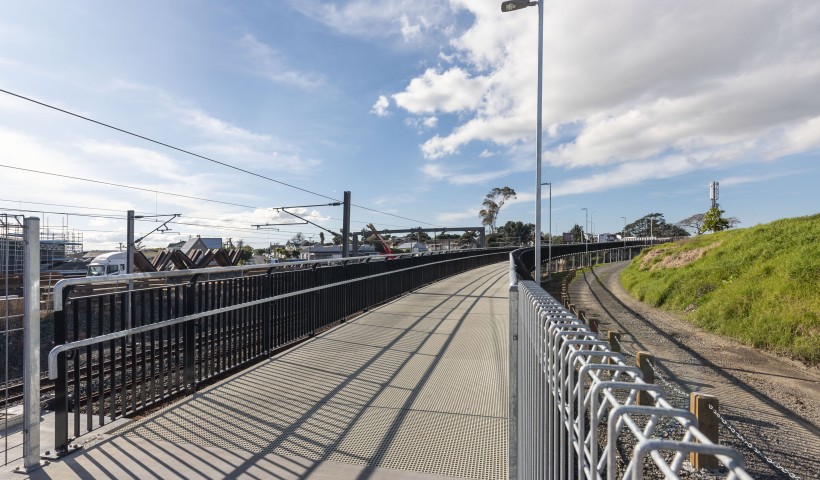
 Popular Products from Perry Metal Protection
Popular Products from Perry Metal Protection 

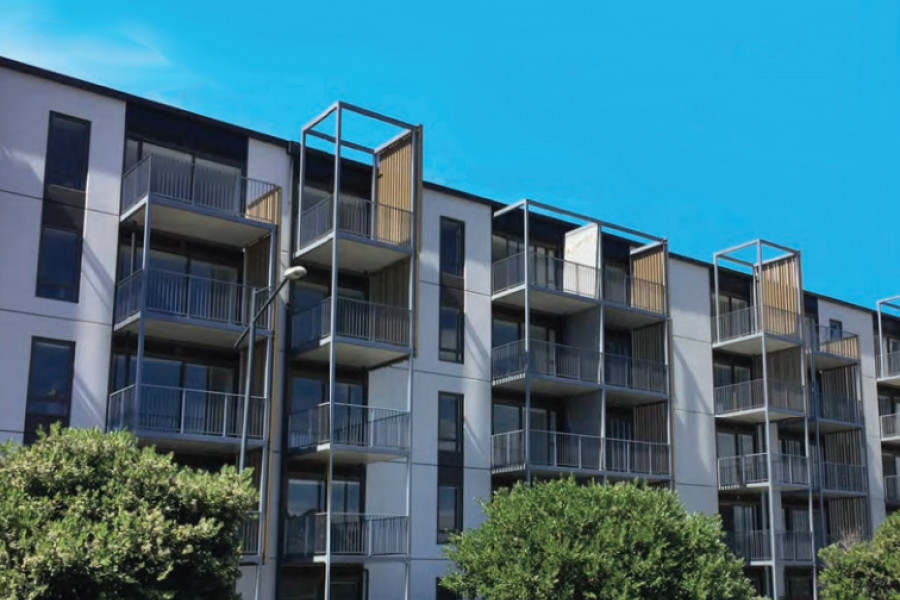
 Most Popular
Most Popular


 Popular Blog Posts
Popular Blog Posts